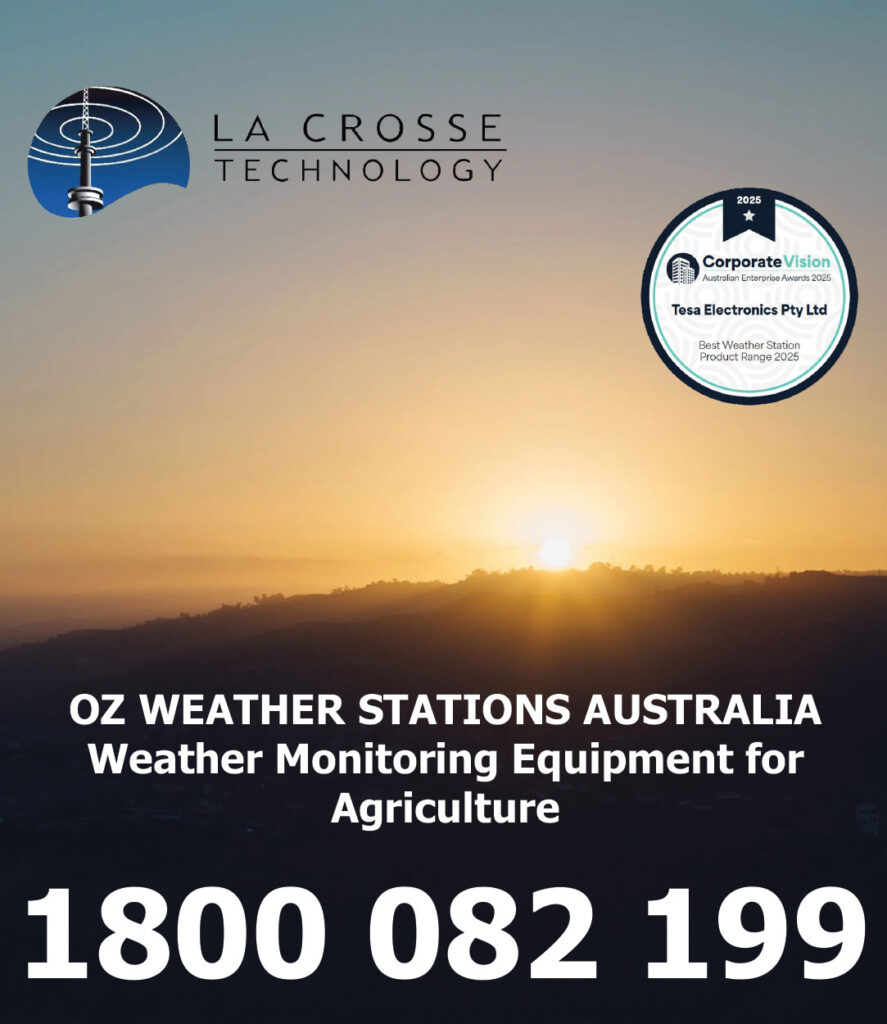The current farm commodity price boom has seen some farm sector produce rise to seven-year highs in recent months, and has also helped the wool market with prices recovering from last year’s lows.
Some of the factors driving soft commodity prices higher – such as speculative fund activity and government intervention – did not apply to the wool market, the broader global economic recovery was driving demand for commodities and this was having a knock-on effect on wool.
These factors are having an impact on the price of other fibres, including cotton, while synthetic fibres, which are derived from oil, and have also been part of the commodity boom.
Wool’s sworn enemy, cotton has also seen prices increase by 15% per cent this year.
While for many manufacturers cotton is not a direct substitute for wool, there is general demand for apparel, with moves in cotton commonly associated with similar direction moves in wool.
Even though cotton prices have been rising, we have actually seen wool prices rise faster. The price spread between wool and cotton in US dollar terms has been increasing since late last year, indicating wool is becoming more expensive relative to cotton.
However the increase was starting from a low base, with the smallest spreads in over a decade recorded in August last year, and it is yet to reach the five-year average
And while wool prices had not risen to seven-year highs like some other soft commodities, the Eastern Market Indicator (EMI) was 27% higher than the beginning of the year and had “cracked through the 1400 cent mark for the first time in over a year.
Super-fine wool micron prices have left coarser wool behind, recovering the price drops from last year and now exceeding prices from early 2020, while 17 micron wool has risen by 88% since last year’s September low.
While medium wools have recovered, they have not seen the same rise in prices, with 20 micron wool increasing by 62% over the same period.
Improving apparel sales in key end markets, particularly for knitwear and the close-to-skin sectors, together with the associated improvement in processor sentiment was largely behind the upswing.
The latest forecast from Rabobank has the EMI trading between the 1450/kg to 1600/kg range through to June 2022.
Demand indicators for wool are positive almost across the board with US retail apparel sales 9.2% higher in April 2020 when compared with 2019, and over 700% higher than the lows reached during the main pandemic period of April 2020.
The situation is similar in China, with retail apparel sales up 2.5% on pre-pandemic April 2019 figures. While in the UK, sales are now only marginally down on pre-pandemic levels, with a drop of 6.2% on April 2019.
Although suits were in “a bit of a different situation because people aren’t going back into the office just yet”, US woollen suit imports are at their highest level since the pandemic – albeit still 74% below 2019 pre-pandemic levels.
While suits aren’t back yet, wool is finding other avenues – such as the knitwear and active-wear categories – and the growth in prices is coming back.
Looking forward, the high commodity price environment was likely to maintain a positive, albeit conservative, influence on wool prices.










